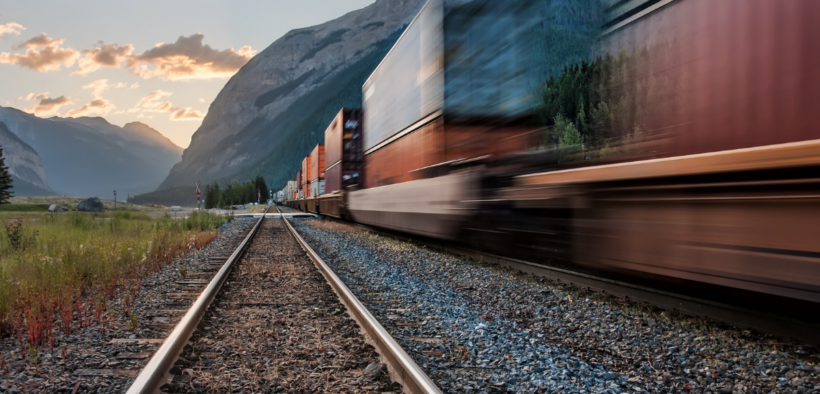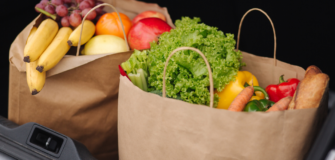Inland Rail to save $170M in transport costs annually, says CSIRO study
Share

Early results of a CSIRO supply chain analysis suggests that shifting to Inland Rail could save Australian producers, manufacturers and growers approximately $170 million in transport costs each year.
Inland Rail is the proposed $15 billion, 1,700 freight rail line that will connect Melbourne and Brisbane via regional Victoria, New South Wales and Queensland.
The fast freight backbone is the largest linear transport project undertaken in Australia.
Deputy Prime Minister and Minister for Infrastructure, Transport and Regional Development Michael McCormack welcomed the early release of findings from the CSIRO Inland Rail Supply Chain Mapping Study as further proof of the benefits Inland Rail will unlock across Australia.
“In regional Australia distances between communities and towns, and towns and cities are measured in more than miles and minutes – they’re measured in the cost of moving essential goods where and when people need them,” the Deputy Prime Minister said.
“CSIRO has mapped supply chains for 140 commodities and the early results show an average transport cost reduction of 39 per cent can be achieved by shifting freight from road to Inland Rail for at least part of the journey,” he said.
The report revelead that freight travelling the full length of Inland Rail between Melbourne and Brisbane achieves a higher transport cost reduction of 44 per cent.
Minister for Finance Simon Birmingham welcomed the initial findings of the CSIRO report that highlighted the significant savings Australia’s supply chains could expect when switching to Inland Rail.
“The report recognises businesses as far as Townsville, Perth and Launceston would have the potential to reap the benefits with suitable road-based supply chains to expect a 44 per cent reduction in their transport costs when switching to Inland Rail,” Minister Birmingham said.
“Equally, existing rail-based supply chains are estimated to see an annual cost reduction of around $21 million when shifting at least part of their route to Inland Rail between Melbourne and Brisbane,” he said.
He continued that the government is delivering the freight network Australia needs to serve future generations – driving greater productivity, supply chain efficiency and job creation across the nation’s transport, manufacturing and primary producer industries.
Minister for Regional Health, Regional Communications and Local Government and Federal Member for Parkes Mark Coulton said the largest freight rail infrastructure project in Australia would bring extensive opportunities to regional Australia.
“This study is the green light signalling to the industry to start planning now because the potential cost savings for being connected to, or close by, Inland Rail are immense for farmers and regional businesses,” Minister Coulton said.
“Heavier, faster freight trains will divert non-bulk products from roads and provide the competitive edge regional Australia has been calling for,” he said.
Concrete World in Dubbo is just one business reconsidering options to move their freight with rail.
Director Troy Paton said Inland Rail will be a welcome freight option, provided it can deliver the cost reductions outlined in CSIRO’s study.
“Up to 39 per cent savings on the cost of moving freight is huge in this industry; we will definitely be looking at Inland Rail for our future freight needs,” Paton said.
“Additionally, it will assist us with further expansion of the business. The time delays in moving freight over the Blue Mountains are a constant constraint,” he revealed.
The Transport Network Strategic Investment Tool (TraNSIT), developed by Australia’s national science agency CSIRO, was used to analyse existing freight supply chains and the potential cost reductions based on future infrastructure investments or operational changes.
“Our computer logistics tool can identify the transport benefits to every supply chain using Inland Rail and analyse potential savings over the long term. It can also be used to test future scenarios and transport technologies,” said Dr Andrew Higgins, TraNSIT project leader at CSIRO.
Full results of the CSIRO Inland Rail Supply Chain Mapping Study will detail the potential cost savings for 140 commodities and is expected to be released in coming months.















